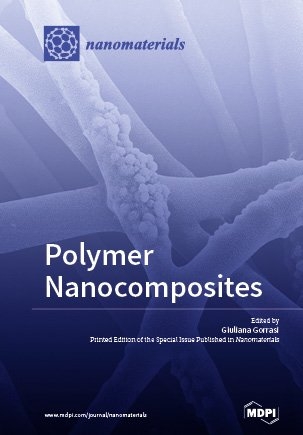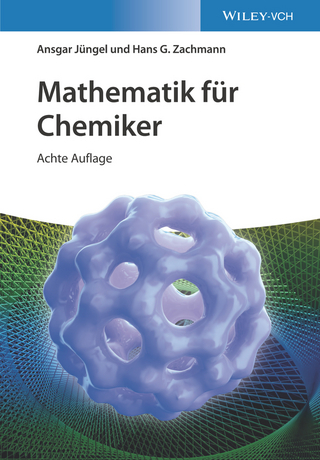
Polymer Nanocomposites
Seiten
2018
MDPI (Verlag)
978-3-03897-326-3 (ISBN)
MDPI (Verlag)
978-3-03897-326-3 (ISBN)
- Keine Verlagsinformationen verfügbar
- Artikel merken
ca. 200 words; this text will present the book in all promotional forms (e.g. flyers). Please describe the book in straightforward and consumer-friendly terms.
[In the last decades, nanoscience and nanotechnologies have offered new opportunities for producing materials with structural and functional properties. The possibility to manipulate the matter, on an atomic or molecular level, can allow the obtainment of structures having unique characteristics and completely new functionalities. The use of structural and functional nanoparticles to be added to polymer nanocomposites is a nice way to manipulate the matter’s properties following a bottom-up approach. The hybrid fillers can be used, not only as for structural purposes, but also as functional nano-structures in many fields, such as microelectronics, packaging, drug delivery, flame retardant materials, and environmental issues. A number of interesting nanoparticles, such as clays (lamellar or tubular), silica, carbon nanotubes, siloxanes, and, more recently, graphenes, have emerged as peculiar nanofillers for enhancing the performance of polymer matrices for a wide variety of technological applications. The present chapter aims to present the last research and novelty in the field of polymeric nanocomposites’ materials. Methods of productions, as well as polymers and type and shape of the fillers and their functionalities are widely reported. Structural organization and physical properties of the polymer matrix are correlated with the nature of filler]
[In the last decades, nanoscience and nanotechnologies have offered new opportunities for producing materials with structural and functional properties. The possibility to manipulate the matter, on an atomic or molecular level, can allow the obtainment of structures having unique characteristics and completely new functionalities. The use of structural and functional nanoparticles to be added to polymer nanocomposites is a nice way to manipulate the matter’s properties following a bottom-up approach. The hybrid fillers can be used, not only as for structural purposes, but also as functional nano-structures in many fields, such as microelectronics, packaging, drug delivery, flame retardant materials, and environmental issues. A number of interesting nanoparticles, such as clays (lamellar or tubular), silica, carbon nanotubes, siloxanes, and, more recently, graphenes, have emerged as peculiar nanofillers for enhancing the performance of polymer matrices for a wide variety of technological applications. The present chapter aims to present the last research and novelty in the field of polymeric nanocomposites’ materials. Methods of productions, as well as polymers and type and shape of the fillers and their functionalities are widely reported. Structural organization and physical properties of the polymer matrix are correlated with the nature of filler]
Department of Industrial Engineering-University of Salerno- via Giovanni Paolo II 132, 84084 Fisciano (SA)-Italy
| Erscheinungsdatum | 04.11.2018 |
|---|---|
| Mitarbeit |
Gast Herausgeber: Giuliana Gorrasi |
| Verlagsort | Basel |
| Sprache | englisch |
| Maße | 170 x 244 mm |
| Themenwelt | Naturwissenschaften ► Chemie ► Allgemeines / Lexika |
| Naturwissenschaften ► Chemie ► Organische Chemie | |
| Technik ► Maschinenbau | |
| Schlagworte | clay • Nanocomposites • nanoparticles • Polymers |
| ISBN-10 | 3-03897-326-2 / 3038973262 |
| ISBN-13 | 978-3-03897-326-3 / 9783038973263 |
| Zustand | Neuware |
| Haben Sie eine Frage zum Produkt? |
Mehr entdecken
aus dem Bereich
aus dem Bereich
Eine chemische Warenkunde
Buch | Softcover (2022)
Wiley-VCH (Verlag)
29,90 €


